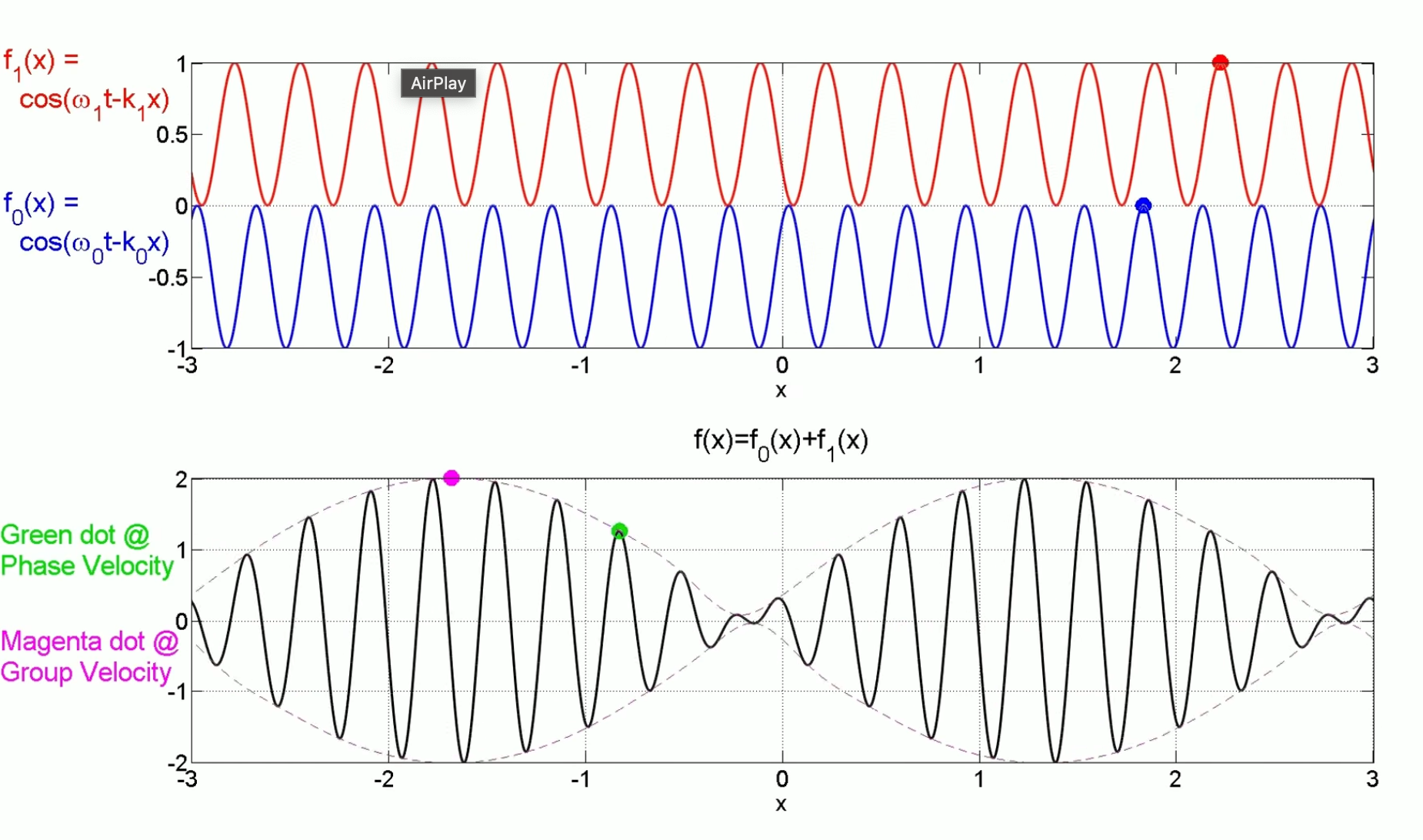Modern Introductory Physics Part II — Daily Schedule Term 4
Course home page
See also Daily Schedule-Term 5
Week 1 — Waves — Principle of Superposition
- Tuesday, Jan. 9 — Study Six Ideas Q1.1 to Q1.3 — Choose a problem to present from the end of Chapter Q1 and pair up with someone to discuss both problems and then present one of your two problems jointly — Study and complete the handout/worksheet on compression waves that I set out across from the copier
- Friday, Jan. 12 — Finish Six Ideas Q1 — Finish “The Bridge” handout — Look ahead to Six Ideas Q2 Section 1 — Problem Set 1 Due Friday
Week 2 — Standing Waves — Interference
- Tuesday, Jan. 16 — Theory and simulation presentations for the weakly coupled harmonic oscillator — Torsion wave theory, torsion wave video, and torsion wave animation
- Friday, Jan. 19 — Study Six Ideas Sections Q2.1 to Q2.3 — Discussion of Problem Set 2, especially harmonics on a guitar string and modes of an organ pipe — Presentation from Group 1 on Single-Slit interference — Presentation from Group 2 on Double-Slit interference — Problem Set 2 for Friday
Week 3 — Interference — Light is a Particle
- Tuesday, Jan. 23 — Study Six Ideas Sections Q3.1 to Q3.5 (Q3.6 is advanced) — Advanced discussion of last problem on Problem Set 3 — Presentation from Ethan (with Hexi and Miles if out of quarantine): a Python program that does the in-class exercise from the last class — Presentation from Emma on applications of Section Q3.6 to laboratory class on cloning — Presentation from Brian (looking ahead to Q4.1): Light is a wave and the wave theory explains the entire electromagnetic spectrum — Presentation from Trey: the ultraviolet catastrophe vs. the actual black-body radiation spectrum — Problem Set 3 for Tuesday
- Friday, Jan. 26 — Six Ideas Q4 — Presentation from Miles on the rare condition of tetrachromacy — Presentations from Rebecca and Hexi (who will coordinate and divide the historical material): Evidence for the wave nature of light such as the explanation of Snell’s Law vs. evidence for its particle nature, especially Millikan’s paper from 1913 — Presentation from Ren and Miles: Problem Q4R.1 on the visibility of stars — Presentation from Brian: Prelude to “Particles Behave Like Waves,” Chapter Q5 — Problem Set 4
Week 4 — Particles Behave Like Waves — Exam 1
- Tuesday, Jan. 30 — Six Ideas Q5 — Black-body radiation and the resulting appearance of bluish stars, white and yellowish stars, and reddish stars — Presentations on Q1 to Q4: Emma and Ethan, Q1R.1, a slightly tricky Doppler shift problem; Hexi and Miles, Q2R.2, pulsation frequency of variable stars; Rebecca and Ren, Q3R.1, passing by foghorns; Trey, the energy levels and photon spectrum of hydrogen — Problem Set 5 for Tuesday — Discussion of interference patterns in the first problem of Problem Set 5 — A look ahead at Q6, spin, beginning with a comparison of the units of angular momentum with the units of h
- Friday, Feb. 2 — Exam 1
Week 5 — Complex Variables — The Stern-Gerlach Experiment
- Tuesday, Feb. 6 — We will start into both Q6 and complex variables — Study Sections Q6.1, Q6.2 and Q6.3 of Moore — Study Sections 1-4 of Churchill, Brown, and Verhey, Complex Variables and Applications — Presentation from Emma, how the Balmer, Lyman, and Paschen wavelengths from Hydrogen were observed and cataloged — Problem Set 6 for Tuesday — Lecture and handout on Electron Spin and Magnetic Moment — It is annoying just how many web sources there are with oversimplified versions of the Stern-Gerlach apparatus (so many that it is almost impossible to see how it is actually done) — Here is a description of an actual MIT Stern-Gerlach lab
- Friday, Feb. 9 — Finish studying Chapter Q6 of Moore — Study Sections 5 and 6 of Churchill, Brown, and Verhey — Problem Set 7 for Friday — Presentations: (1) Rebecca and Ren will cover angular momentum, torque, and precession, relying substantially on Volume C, Chapter C6 of Six Ideas; (2) Ethan and Hexi will flesh out your understanding of magnetism, electromagnets, and the magnetic field in the Stern-Gerlach apparatus using the relevant material from Section Q6.3, photos like this one by Dana Mason, this diagram and photo of a C-shaped electromagnet, and additional illustrations and examples from this material from a Nanhua University course; (3) Brian will say a more about magnetic moments and then do a look ahead to Chapter Q7, Them’s the Rules
Week 6 — The Rules for Two-State Systems — The Wave Function
- Tuesday, Feb. 13 — Study Chapter Q7 of Moore — Presentations: (1) Ren and Hexi, Q7D.3 (2) Rebecca and Emma, Q7R.3 (3) Miles and Trey, Sections Q8.4 and Q8.5, Schrödinger’s cat, the multiverse interpretation of quantum mechanics! — Problem Set 8
- Friday, Feb. 16 — Sections Q9.1 to Q9.3 — Problem Set 9 for Friday (includes defining and deriving the 2x2 matrix representations of Sx and Sz) — Defining and deriving the 2x2 matrix representation of Sy — Spin-1 systems — Symmetric and anti-symmetric combinations of two spin-1/2 systems — Group velocity vs. phase velocity of the electron — A group velocity vs. phase velocity animation — A waves on a pond video — A boat wake in a canal video — One more group velocity vs. phase velocity animation — Interpreting binned vs. continuous probability distributions — Interpreting and normalizing |ψ(x)|2 — The complete wave function for one electron
Week 7 — Exam 2
- Tuesday, Feb. 20 — Exam 2 covering Problem Sets 6, 7, 8, and 9, Moore, Chapters Q6, Q7, and Q9, and Churchill, Brown, and Verhey, Sections 1-6
